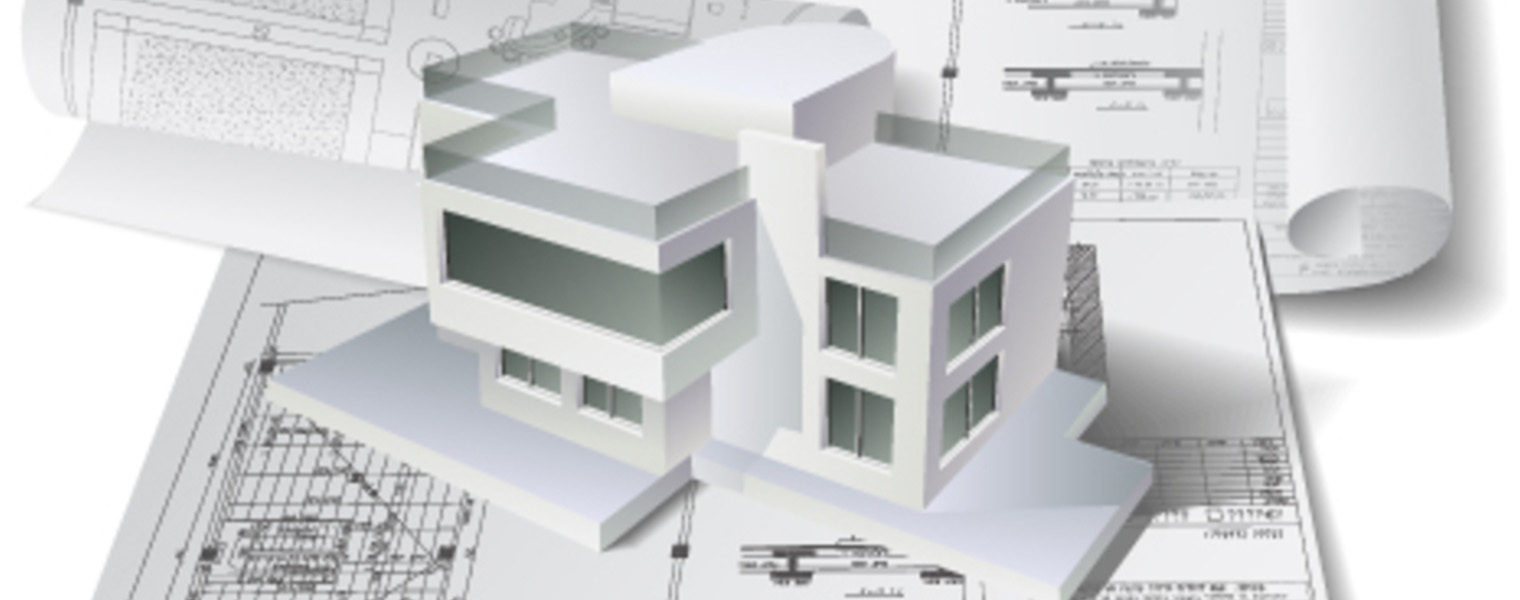In the dynamic world of architecture, visualization plays a crucial role in bringing concepts to life. Traditionally, architects have relied on drawings, sketches, and 3D models to communicate their designs. However, with the advent of Virtual Reality (VR), the industry is witnessing a transformative shift. VR offers an immersive and interactive experience that takes architectural visualization to new heights, enabling architects, clients, and stakeholders to explore and interact with designs like never before.
Key Benefits of VR in Architectural Visualization
1. Immersive Experience
VR allows users to step inside a virtual building and explore it from any angle. This immersive experience provides a deeper understanding of spatial relationships, proportions, and design elements. Clients can walk through rooms, experience the flow of spaces, and get a real sense of how the final structure will feel.
2. Enhanced Client Engagement
One of the most significant advantages of VR is its ability to engage clients. Traditional 2D drawings and even 3D models can be challenging for clients to interpret. VR, on the other hand, offers an intuitive and interactive way for clients to visualize the project. This increased engagement leads to better communication, quicker decision-making, and higher client satisfaction.
3. Improved Design Accuracy
VR helps architects identify potential design issues early in the process. By experiencing the design in a virtual environment, architects can spot inconsistencies, optimize layouts, and make necessary adjustments before construction begins. This proactive approach reduces costly changes and rework during the construction phase.
4. Streamlined Collaboration
Collaboration is essential in architectural projects, involving various stakeholders such as architects, engineers, contractors, and clients. VR facilitates seamless collaboration by providing a shared virtual space where everyone can review and discuss the design in real-time. This collaborative environment ensures that all parties are on the same page, leading to more cohesive and efficient project planning.
5. Effective Marketing Tool
VR is a powerful marketing tool for architects and real estate developers. High-quality VR presentations can captivate potential clients and investors, showcasing the full potential of a project. Whether it’s a residential development, commercial space, or public infrastructure, VR presentations create a lasting impression and can significantly boost marketing efforts.
Applications of VR in Architecture
1. Virtual Tours
Virtual tours are one of the most popular applications of VR in architecture. Prospective buyers or tenants can take virtual tours of properties from anywhere in the world. These tours provide a realistic and detailed view of the space, helping clients make informed decisions without the need for physical visits.
2. Design Reviews
During the design phase, VR can be used for detailed design reviews. Architects and clients can virtually walk through the proposed design, assess various aspects, and provide feedback. This interactive review process enhances communication and ensures that the final design aligns with the client’s vision.
3. Training and Education
VR is also being used for training and educational purposes in architecture and construction. It provides a safe and controlled environment for students and professionals to practice and refine their skills. From construction safety training to learning about complex building systems, VR offers a practical and engaging learning experience.
Virtual Reality is revolutionizing architectural visualization by providing an immersive, interactive, and intuitive way to experience designs. As VR technology continues to advance, its applications in architecture will only expand, offering even more innovative solutions for design, collaboration, and marketing. By unlocking the power of VR, architects can enhance their design process, engage clients more effectively, and ultimately deliver better projects.
Incorporating VR into architectural practice is not just about staying ahead of the curve; it’s about transforming the way we design and experience the built environment. As the industry embraces this technology, the future of architectural visualization looks incredibly promising and exciting.








